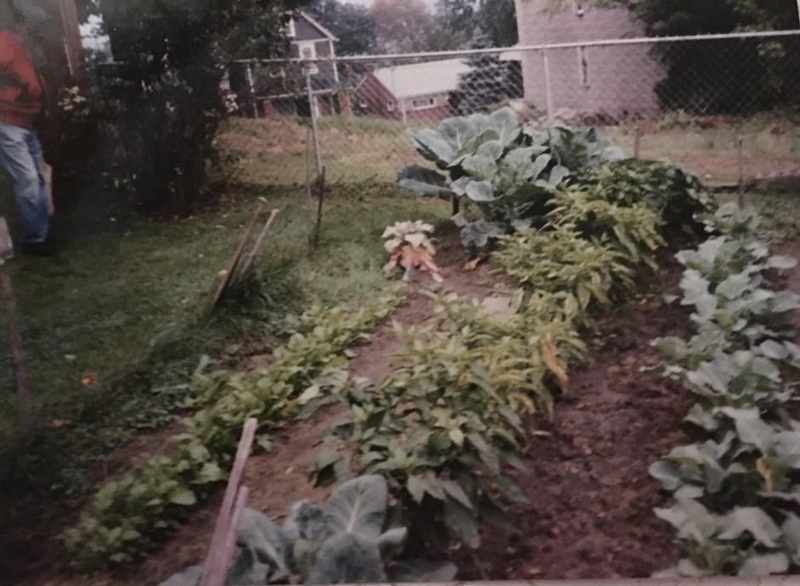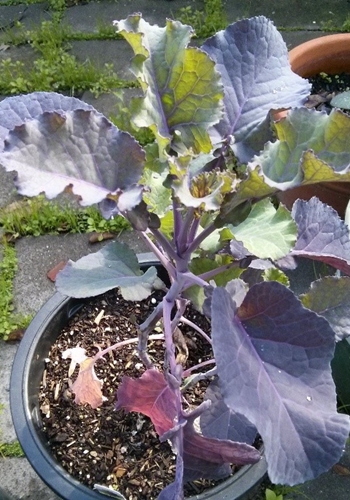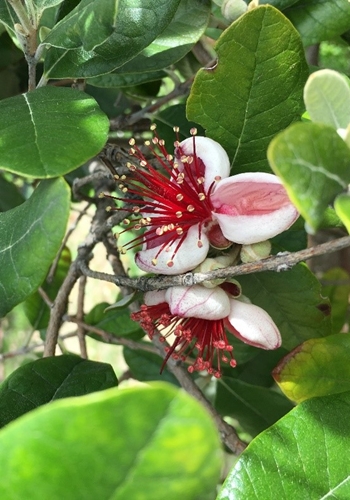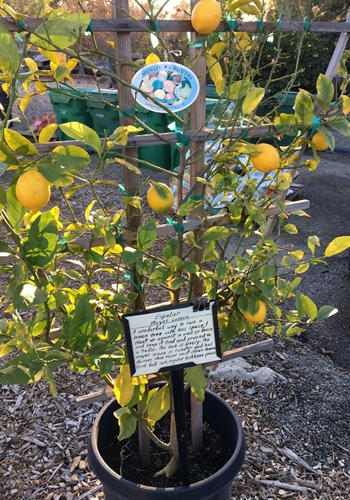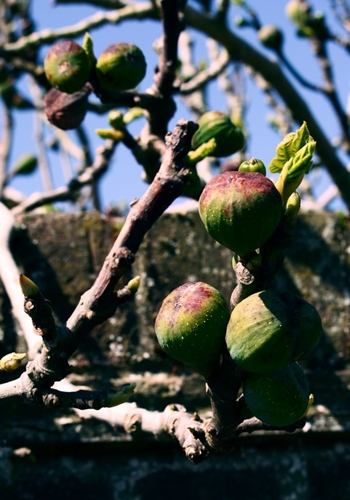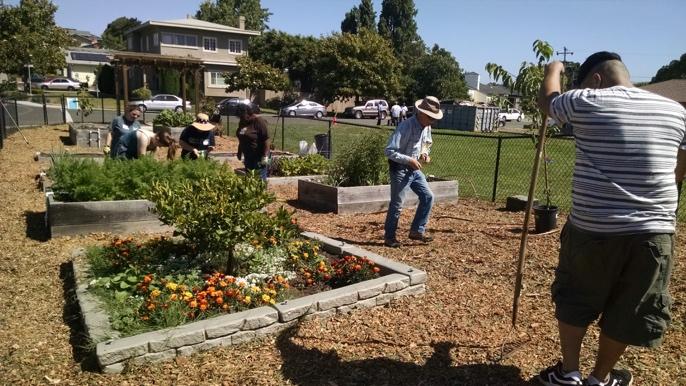Garden Champion Sylvia Herrera in the Spotlight
By Sierra Reinertson, Volunteer
This is a new feature highlighting the people who support Sustainable Solano’s work with their time, energy and commitment to shaping a better world while strengthening their communities.
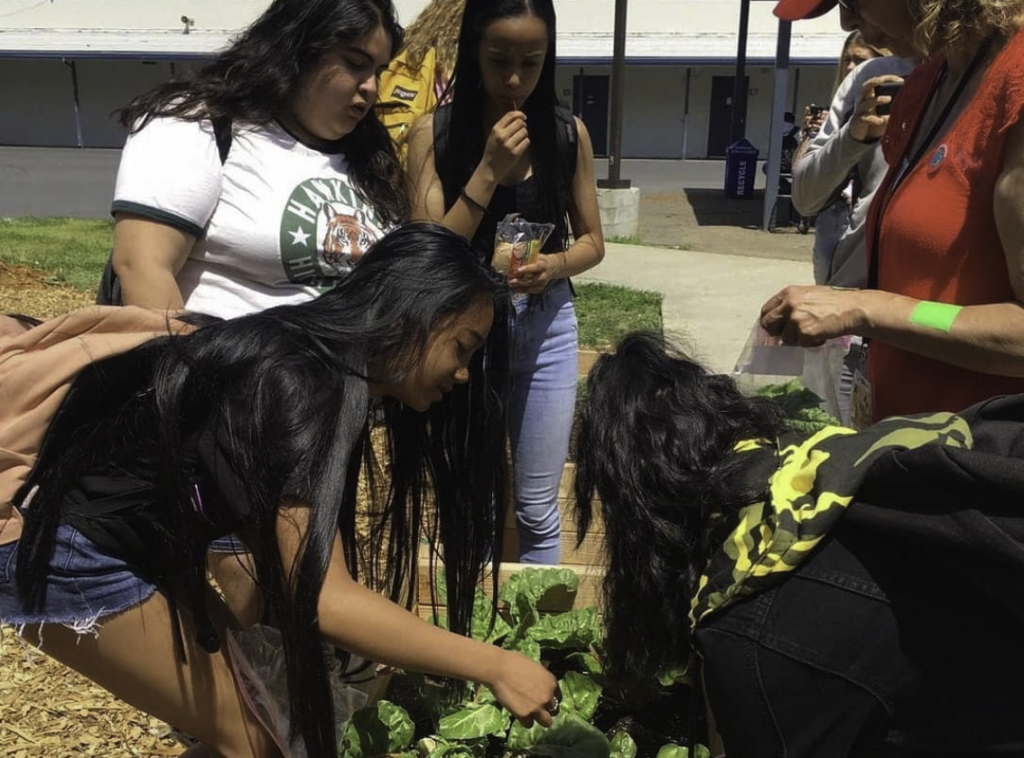
Sylvia Herrera first became involved with Sustainable Solano three years ago, when the organization saw a banner she had placed in front of Armijo High School announcing to the public that there would be a community garden on campus. She didn’t realize how many people drove by and saw that sign. Several organizations and individuals reached out to her, saying they were interested in helping her make this happen. The power of a banner!

Sylvia Herrera
Learn more about Sylvia and the work she does with us below!
What do you enjoy the most about the work you do with us?
While I enjoy technology, there is something to be said about being outdoors, hands-on learning, and the community working towards a goal together. There is something very empowering in that. Being in the open air is nice, it’s a nice change from being in a classroom; in fact that is why we have lots of seating in the garden, it can be used as an outdoor classroom.
What’s one experience or event that stands out for you?
An experience that stands out is when we actually installed the garden at Armijo. After all the talking, planning, getting things approved and what-not, the day finally came to start shoveling and making the garden a reality. The entire Armijo community turned out, over 500 students helped in one form or another. All my classes were out there shoveling, moving mulch, planting trees, you name it. Other classes helped out, as well as the football team, soccer team, the cheerleaders. I filmed everything, as did our multimedia department. It really brought the school together. Students I didn’t even know would come up to me and say, “Hey, Ms. Herrera, can I help?” The garden brought out the best in EVERYONE. … Group effort in every sense of the word.
What do you wish more people knew about Sustainable Solano or the program you volunteer with?
I’d like people to know that gardening/growing your own food is beneficial in so many ways. You are helping the environment, you are helping yourself by growing organic food that you can share with your family, and you are making the choice to eat healthier! Also, this program brings awareness to gardening, which connects to nutrition, and helping children make better choices with their food. One thing we do with our harvests is donate them to Armijo families in need, so it’s nice that the students see the garden going full circle. We are planting, nurturing, growing, harvesting and sharing our harvest with families who need it. This is very empowering and the students can literally see that the work in the garden is helping someone. The garden is a safe and positive space, and we need more of them at our schools and in our homes.
How do you envision a sustainable Solano County in the future?
I just see it growing and growing. Maybe bring back gardening/nutrition electives back to the schools. Having students learn how to prepare foods, that is always fun! Having students think about careers in the field of agriculture, the environment, sustainable gardens, nutrition, botany, etc.
Tell us something interesting that people may not know about you.
I like to knit scarves, especially during wintertime … they turn out pretty nice! I also like singing. I do a little karaoke here and there.
A special thank you to Sierra Reinertson for giving her time and talent to write these volunteer and champion profiles!


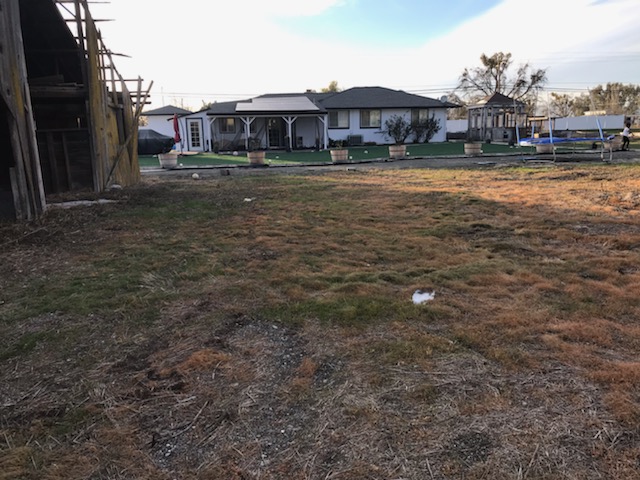
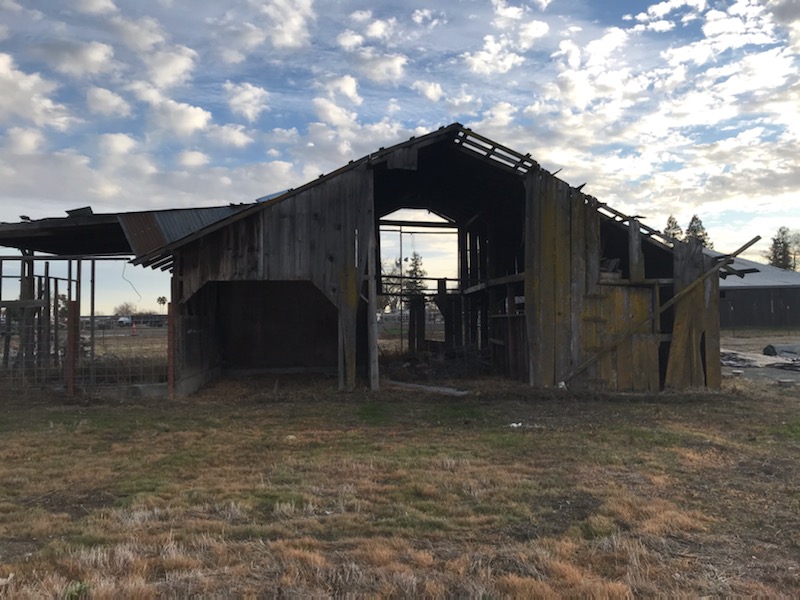
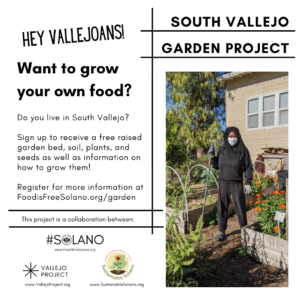
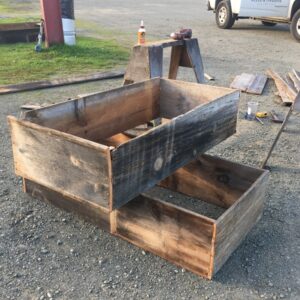
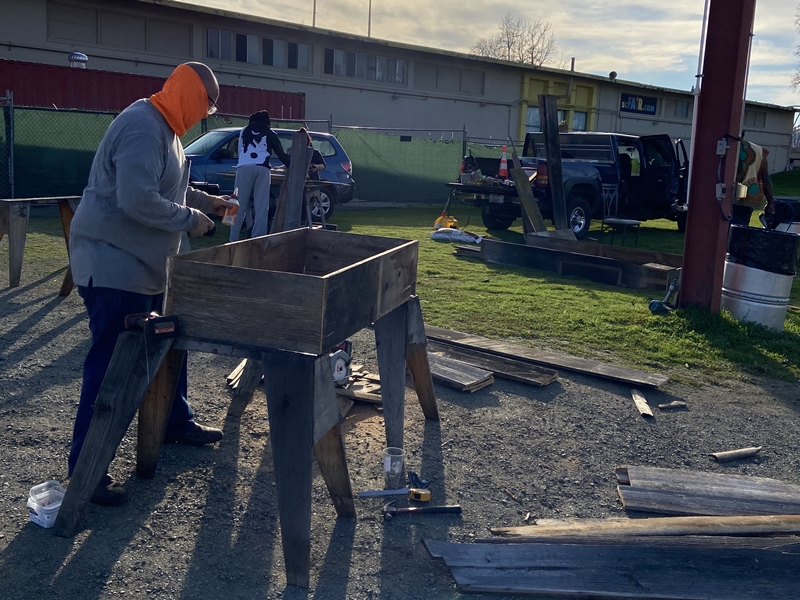
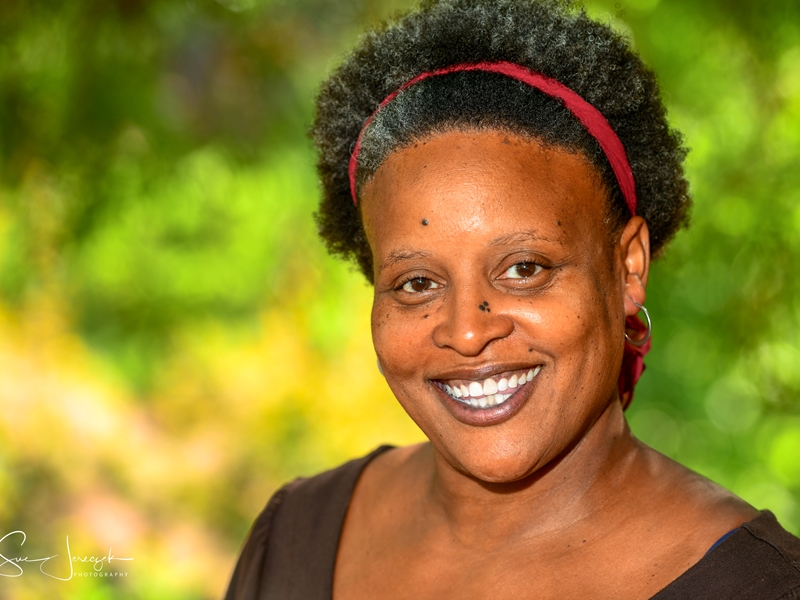
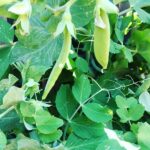 The idea of being a successful gardener to some may seem like a daunting enterprise. Maybe you think it’s too expensive or that you possess a “brown thumb?” Seeds or starts? In-ground or containers? Hand-watering? Drip irrigation?
The idea of being a successful gardener to some may seem like a daunting enterprise. Maybe you think it’s too expensive or that you possess a “brown thumb?” Seeds or starts? In-ground or containers? Hand-watering? Drip irrigation?